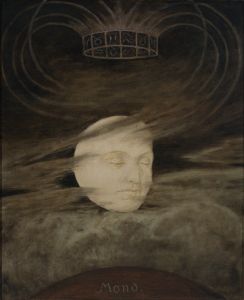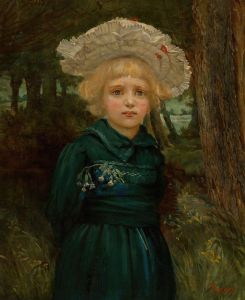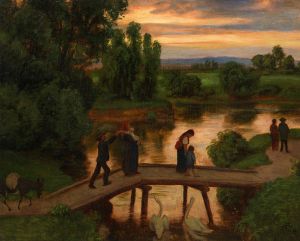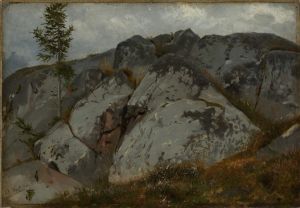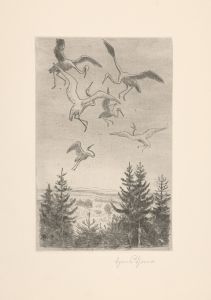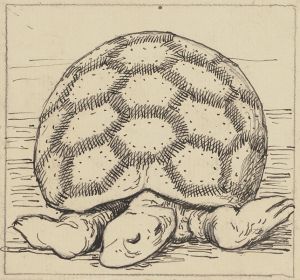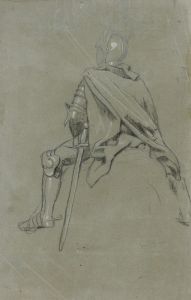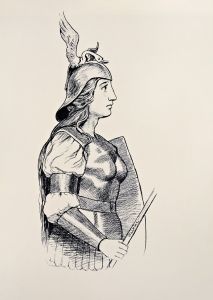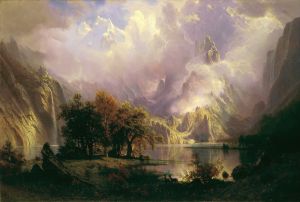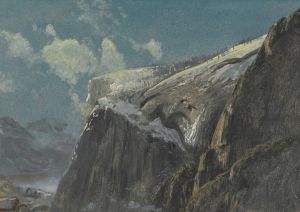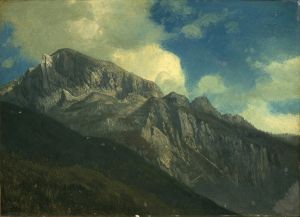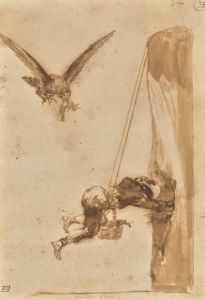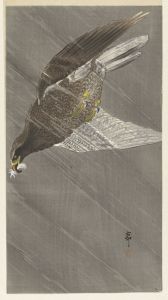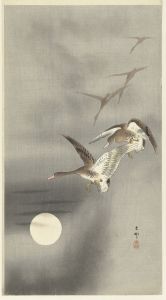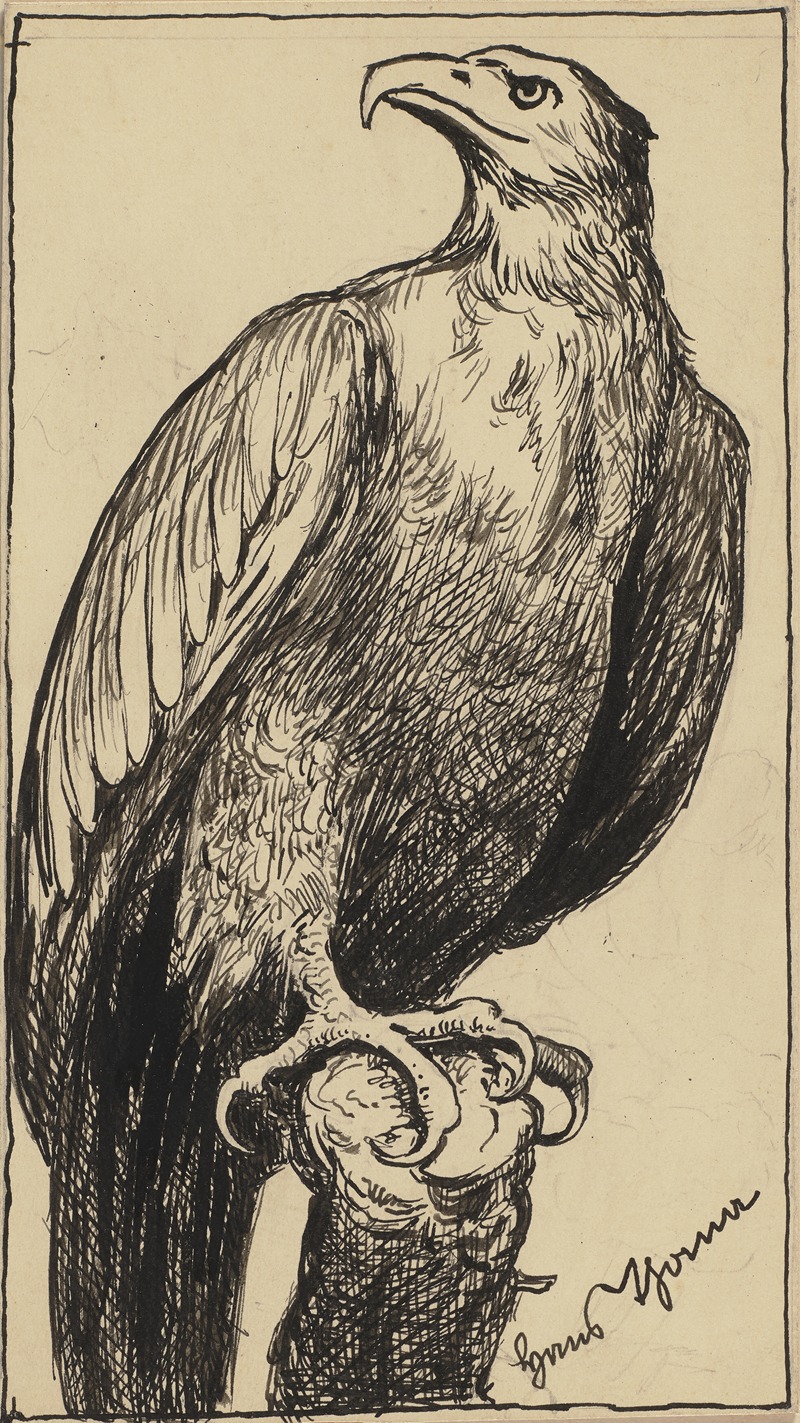
Adler
A hand-painted replica of Hans Thoma’s masterpiece Adler, meticulously crafted by professional artists to capture the true essence of the original. Each piece is created with museum-quality canvas and rare mineral pigments, carefully painted by experienced artists with delicate brushstrokes and rich, layered colors to perfectly recreate the texture of the original artwork. Unlike machine-printed reproductions, this hand-painted version brings the painting to life, infused with the artist’s emotions and skill in every stroke. Whether for personal collection or home decoration, it instantly elevates the artistic atmosphere of any space.
Hans Thoma was a German painter born on October 2, 1839, in Bernau in the Black Forest. He is known for his landscapes, portraits, and mythological scenes, often infused with a sense of realism and a touch of romanticism. Thoma's work is characterized by its detailed representation and often idyllic portrayal of nature, reflecting his deep connection to his homeland and its landscapes.
One of Thoma's notable works is "Adler," which translates to "Eagle" in English. This painting exemplifies Thoma's skill in capturing the essence of nature and wildlife, a recurring theme in his oeuvre. Although specific details about the painting "Adler" are limited, it is consistent with Thoma's style to depict subjects with a keen eye for detail and a harmonious composition.
Thoma's artistic journey began with his studies at the Karlsruhe Academy of Fine Arts, where he was influenced by the works of the German Romantic painters. His early exposure to the Black Forest's natural beauty played a significant role in shaping his artistic vision. Over the years, Thoma developed a unique style that blended elements of realism with romantic and sometimes symbolic undertones.
Throughout his career, Thoma was associated with the Munich Secession, a group of artists who sought to break away from the traditional academic art of the time. This movement aimed to promote modern art and provide a platform for artists to express their individuality. Thoma's involvement with the Secession reflects his commitment to exploring new artistic avenues and challenging conventional norms.
In "Adler," Thoma likely employed his characteristic attention to detail and composition, capturing the majesty and power of the eagle. Eagles are often symbolic of strength, freedom, and transcendence, themes that resonate with Thoma's broader artistic vision. His ability to convey such themes through his art has earned him a lasting place in the canon of German art.
Thoma's work gained recognition during his lifetime, and he held several prominent positions, including a professorship at the Academy of Fine Arts in Karlsruhe. His influence extended beyond his paintings, as he played a significant role in shaping the artistic landscape of his time.
Today, Hans Thoma's works are celebrated for their technical precision and emotive power. His paintings, including "Adler," continue to be appreciated for their ability to capture the beauty and complexity of the natural world. Thoma's legacy endures through his contributions to German art and his influence on subsequent generations of artists.
While specific information about the painting "Adler" may be limited, it remains a testament to Hans Thoma's artistic prowess and his enduring fascination with nature and its myriad forms. His work invites viewers to appreciate the intricate details and profound themes that characterize his art, offering a glimpse into the mind of one of Germany's esteemed painters.





